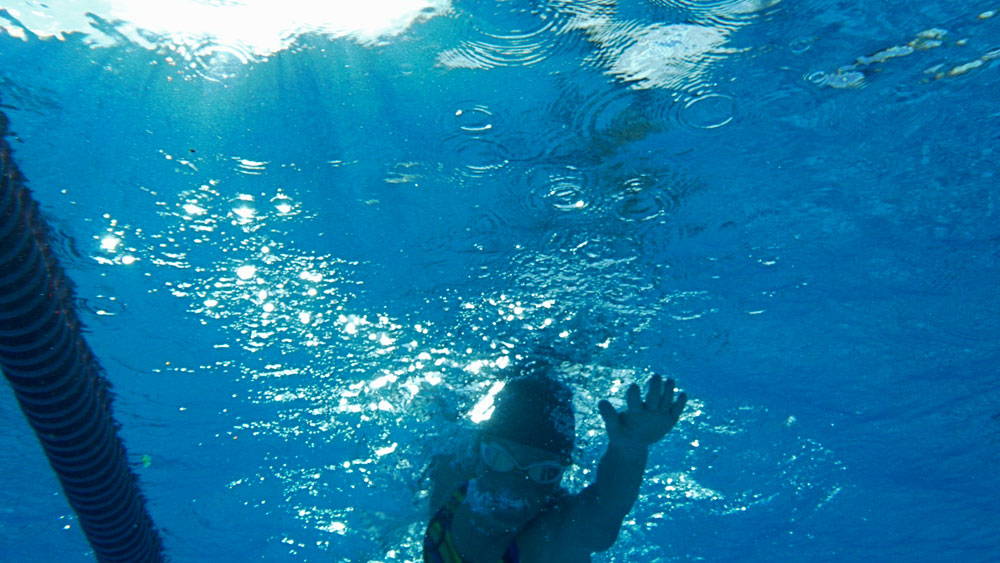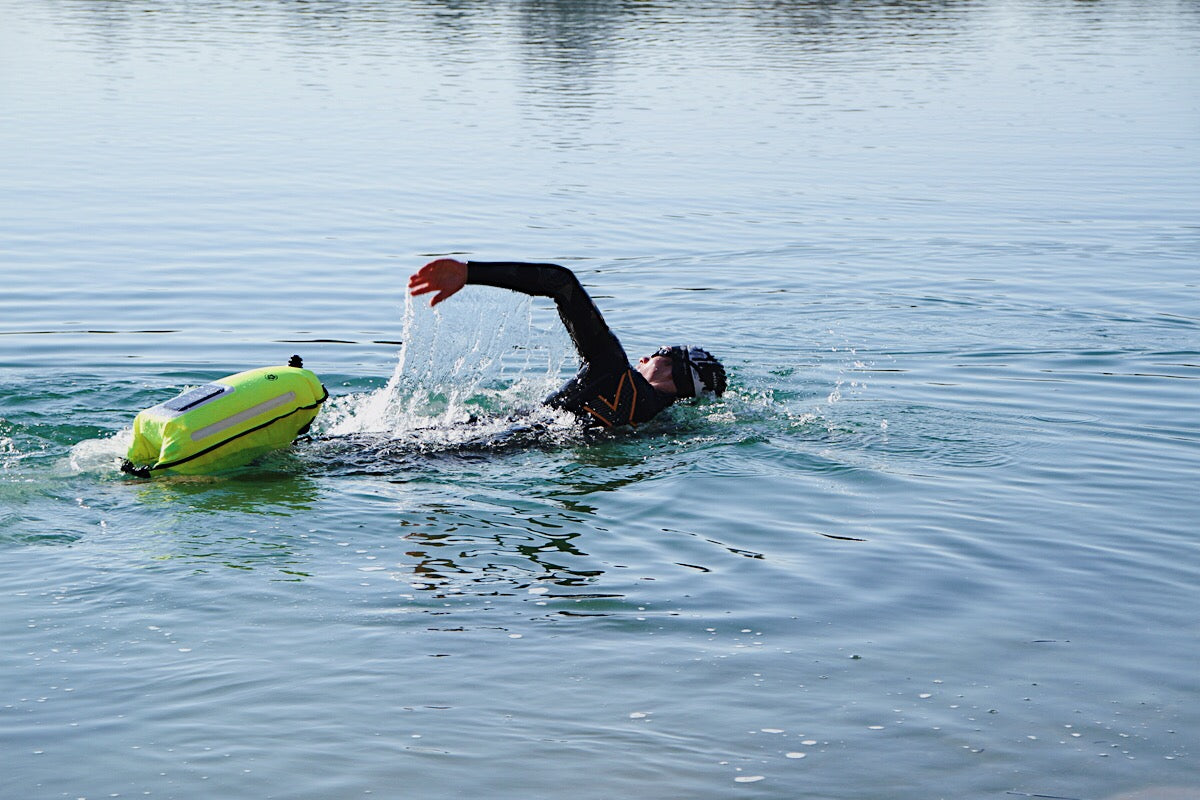Strength and endurance are the two components every triathlete needs to be successful. But what is the so-called muscular endurance and how do you train it? triathlon.de explains how it works.
In most endurance sports, the sport-specific strength endurance training can be found in training books and training recommendations as an important training component. In practice, increased resistance such as swimming with paddles, cycling with a high gear ratio or mountain runs are carried out to train "strength endurance". The total training duration is usually between 15 and 120 minutes, with the intensity being below or close to the anaerobic threshold.
concept of endurance
In sports science, muscular endurance is defined as the ability to withstand fatigue over long periods of time. According to the definition, the load duration is a maximum of two minutes. In addition, at least 30 to 50 percent of the maximum strength must be used in order to set a corresponding training stimulus. If you compare the training practice in endurance sports with the scientific recommendations for strength endurance training, they cannot be reconciled. Basically, these are two completely different forms of training, especially since the necessary 30 to 50 percent of the maximum strength is not achieved by a long way in sport-specific strength endurance training. So swimming with paddles or cycling in high gears is not strength endurance training, but rather strength-oriented endurance training.
Endurance: Two components
In scientific circles, the sense and nonsense of this form of training in endurance sports has been discussed for several years. The study situation on this topic is still sparse. It is relatively clear, however, that sport-specific training - as described above - cannot be expected to improve strength abilities, since the load is far too low. The strength can only be trained with appropriate training on equipment. According to Sandig & Wirth (2011) , in order to train strength endurance, i.e. resistance to fatigue during long-lasting (strength) loads, this must be divided into two components. Classic strength training, especially to improve maximum strength, leads to an improvement in the strength component and classic endurance training to an improvement in the endurance component.
Training: Separate strength and endurance
The question remains unanswered as to which training stimulus the sport-specific strength endurance training that has been carried out in training practice up to now represents and whether improvements in competition performance can be achieved that are above those of classic endurance training.
Experienced trainers seem to see an effect here, since this form of training can often be found in practice in training plans. However, there are no scientific studies on this. For example, the training effect would have to be compared after several weeks with cycling training in different cadence ranges. Due to the currently sparse scientific study situation, the only recommendation for training practice is to divide training more into the classic areas of strength and endurance, especially in the pre-season phase, and to train these separately. In this way, an effective training stimulus can be set in both areas. In endurance training, it is also important to train in different frequency ranges, especially when the competition course, such as a hilly bike course, makes these demands.
An example session on the bike to improve cadence variability might look like this: 10 x 3 minutes of alternating high (>110 rpm) and low (60-80 rpm) cadence; Intensity possible in both basic and competition-specific training.




















